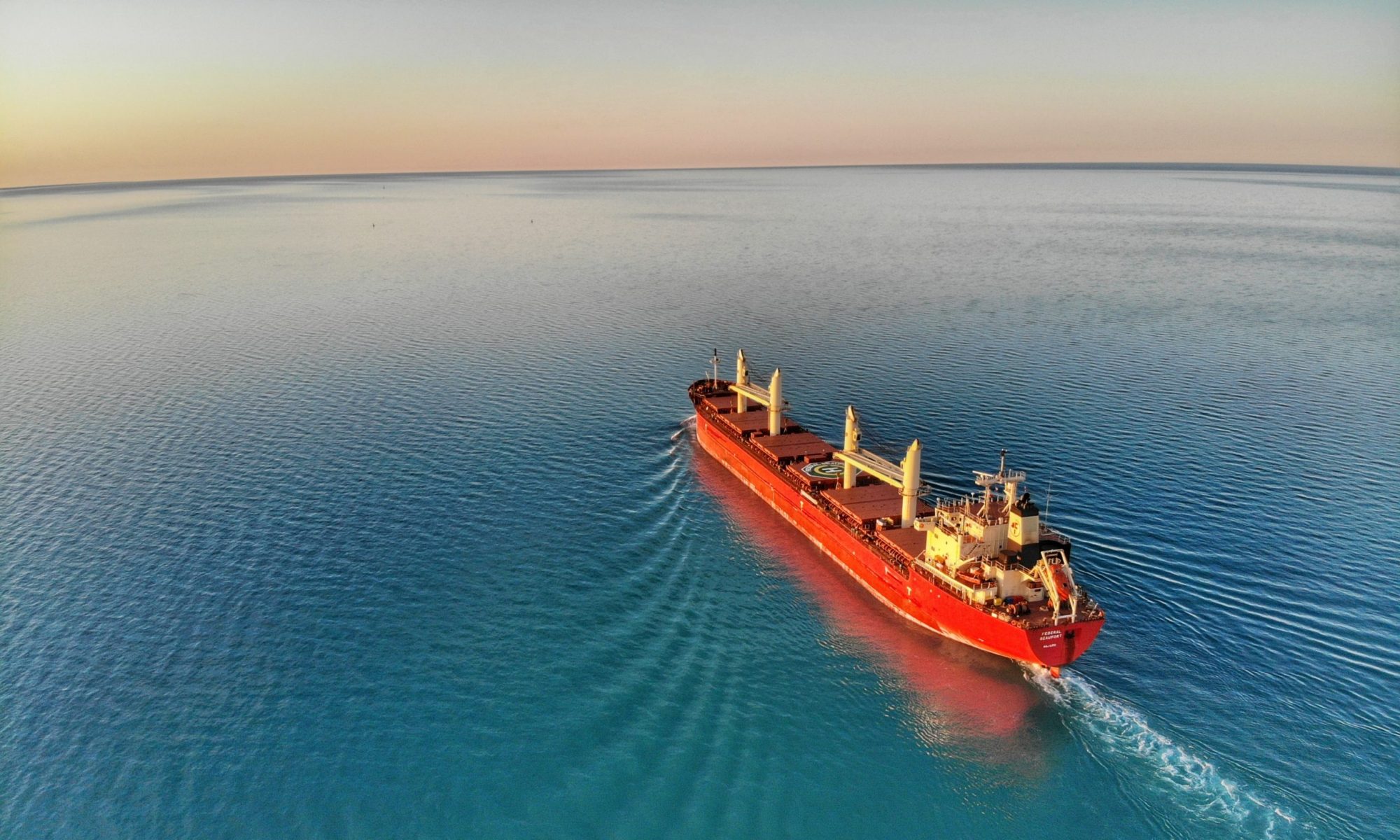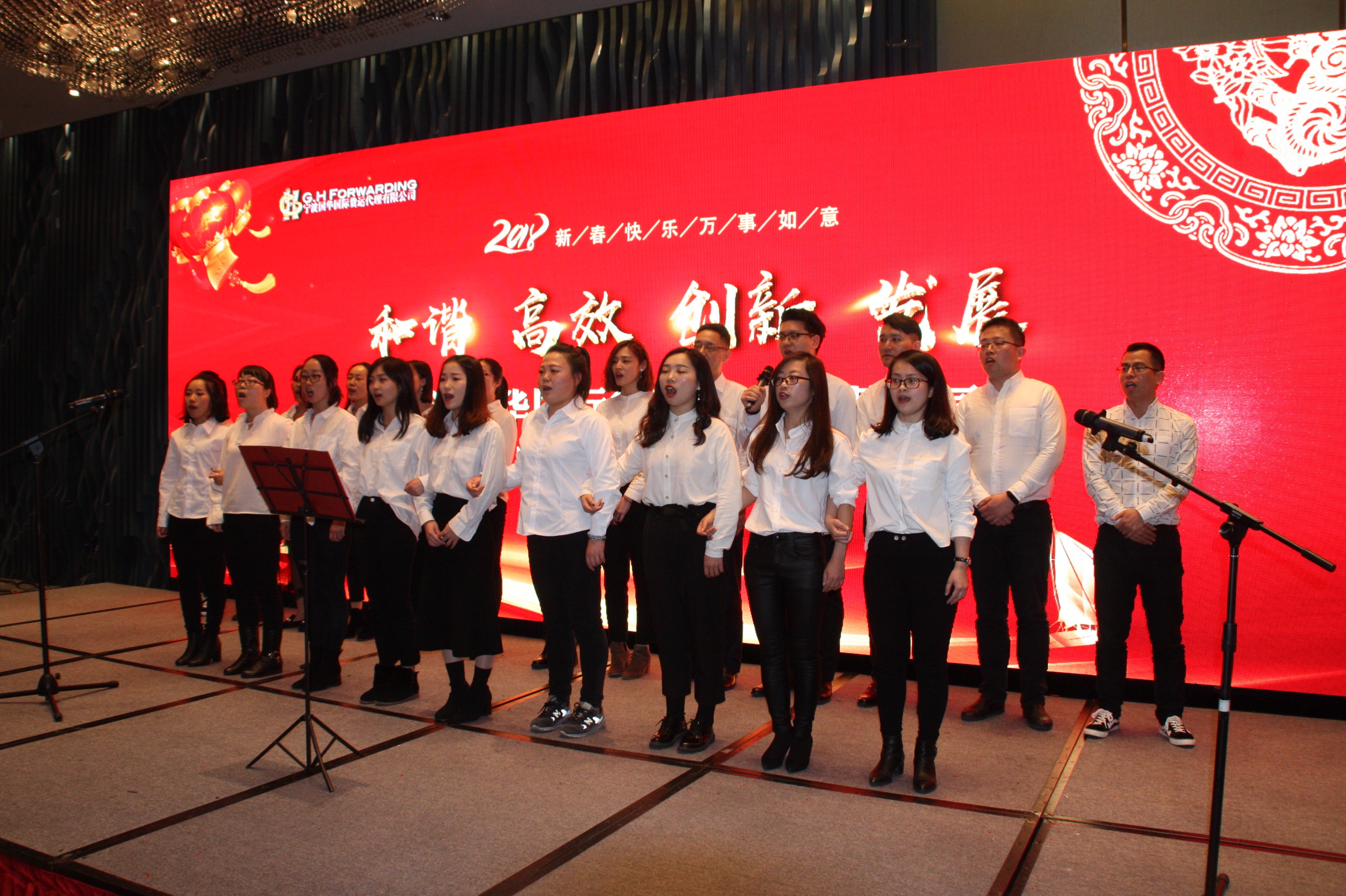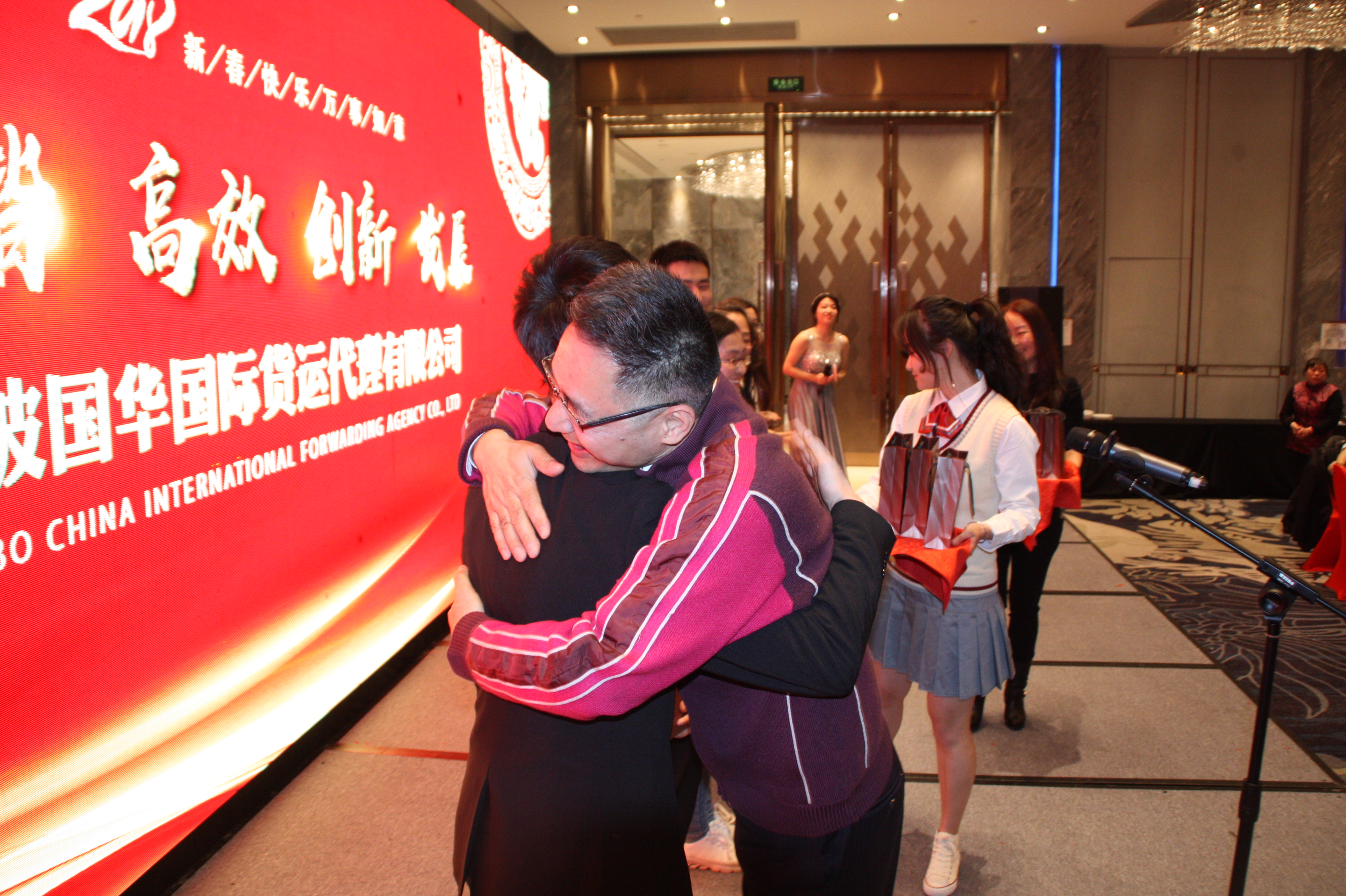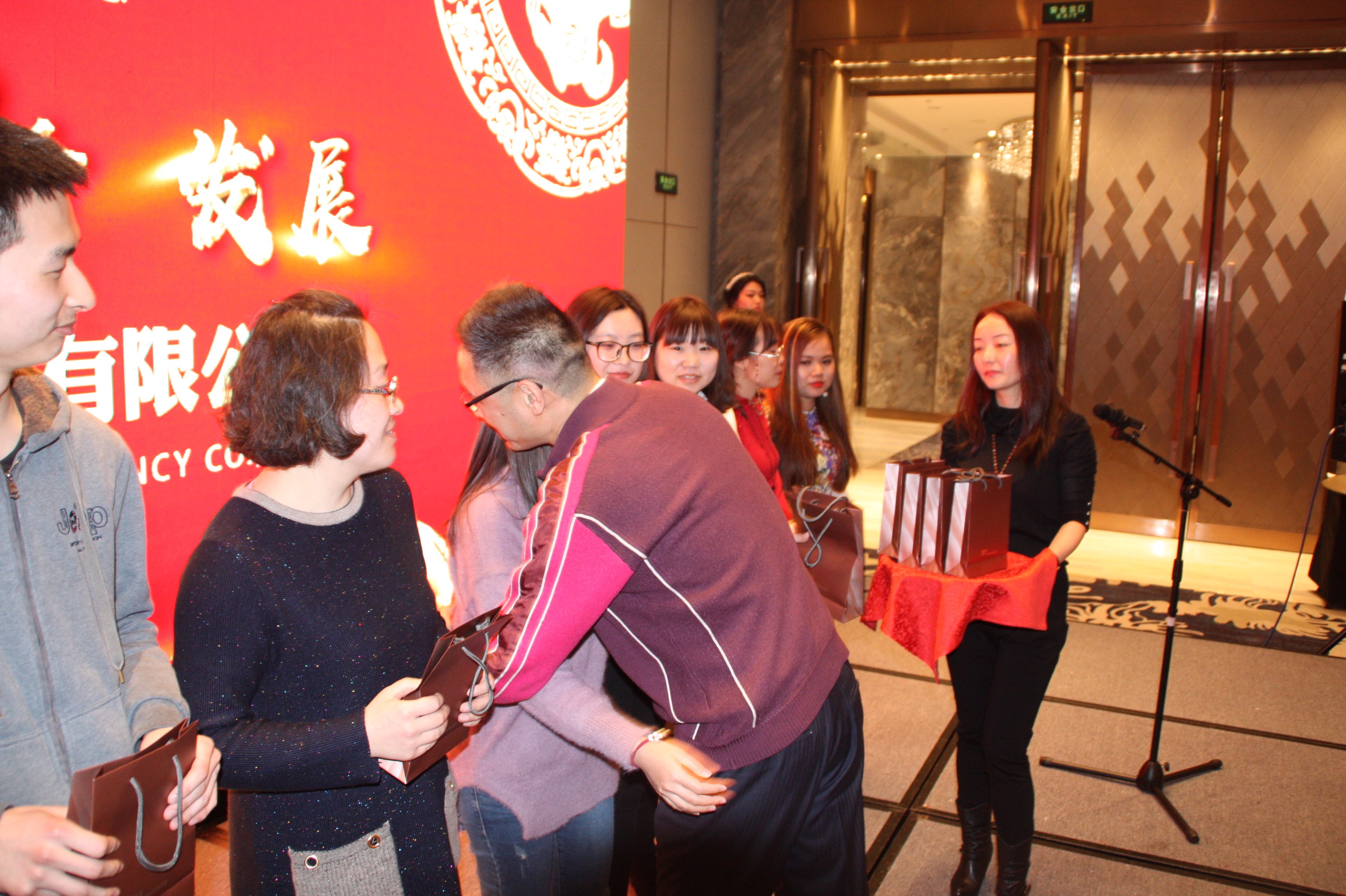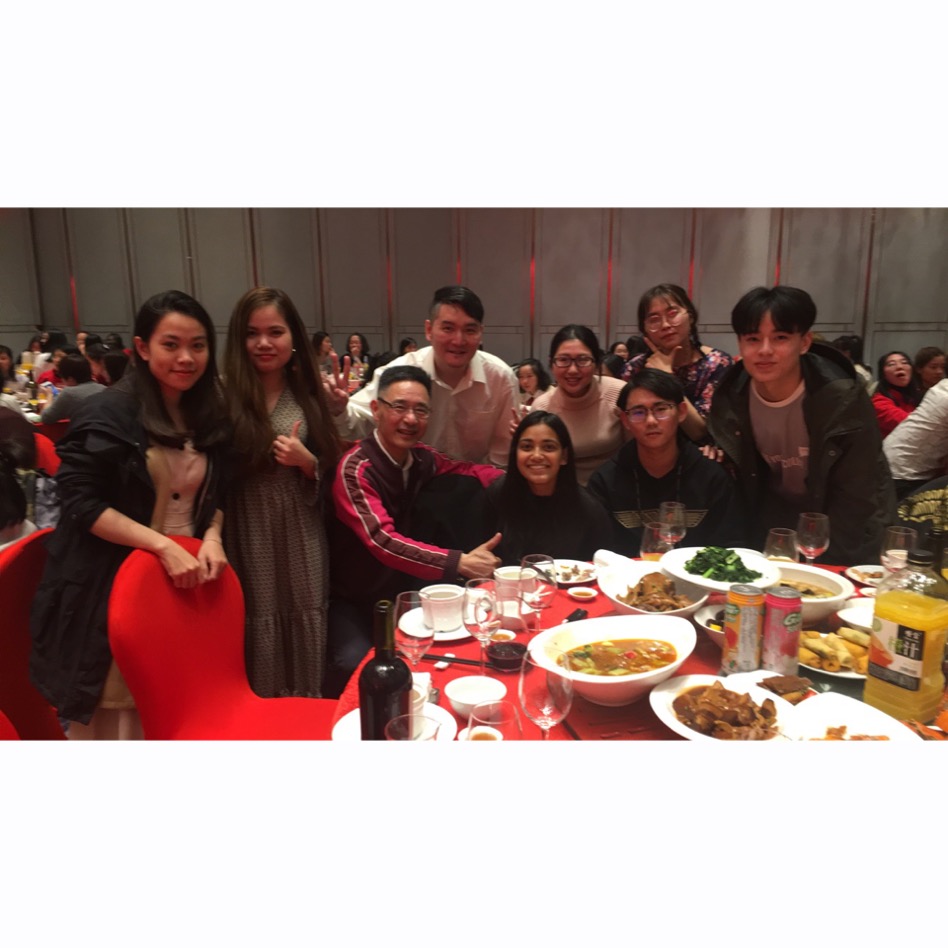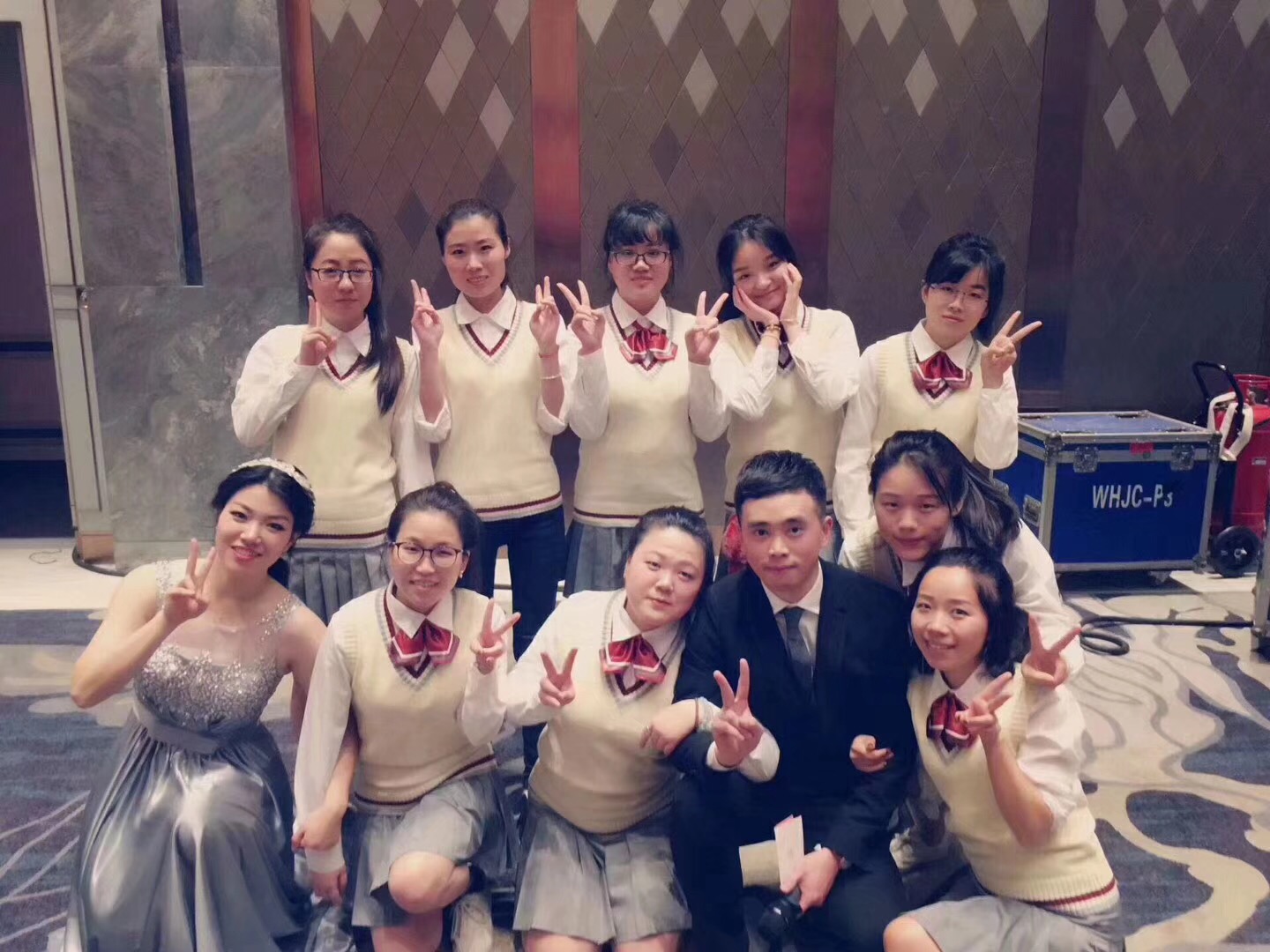Against the backdrop of Trump’s trade war, there has been a momentum for the EU and Asia to speed up the opening of their markets to forge closer economic ties; leading to unprecedented economic growth compared to the last decade. Indeed, in 2017, exports from Europe to Asia were larger than that of the US and are growing twice as fast than the year before.[1]This trade war between the US and China allows us to see that the EU is becoming a much more important market for Asia and most notably China, creating a sense of urgency for nearly every country to establish new free trade agreements in order to integrate and participate in this new wealth of opportunity. Unsurprisingly, we have seen the Leaders of the European Union take part in two Asian summits in a row: with China on July 16 and with Japan on July 17, where we saw a signing of a free trade agreement between the EU and Japan and China reaching an agreement on WTO reform.
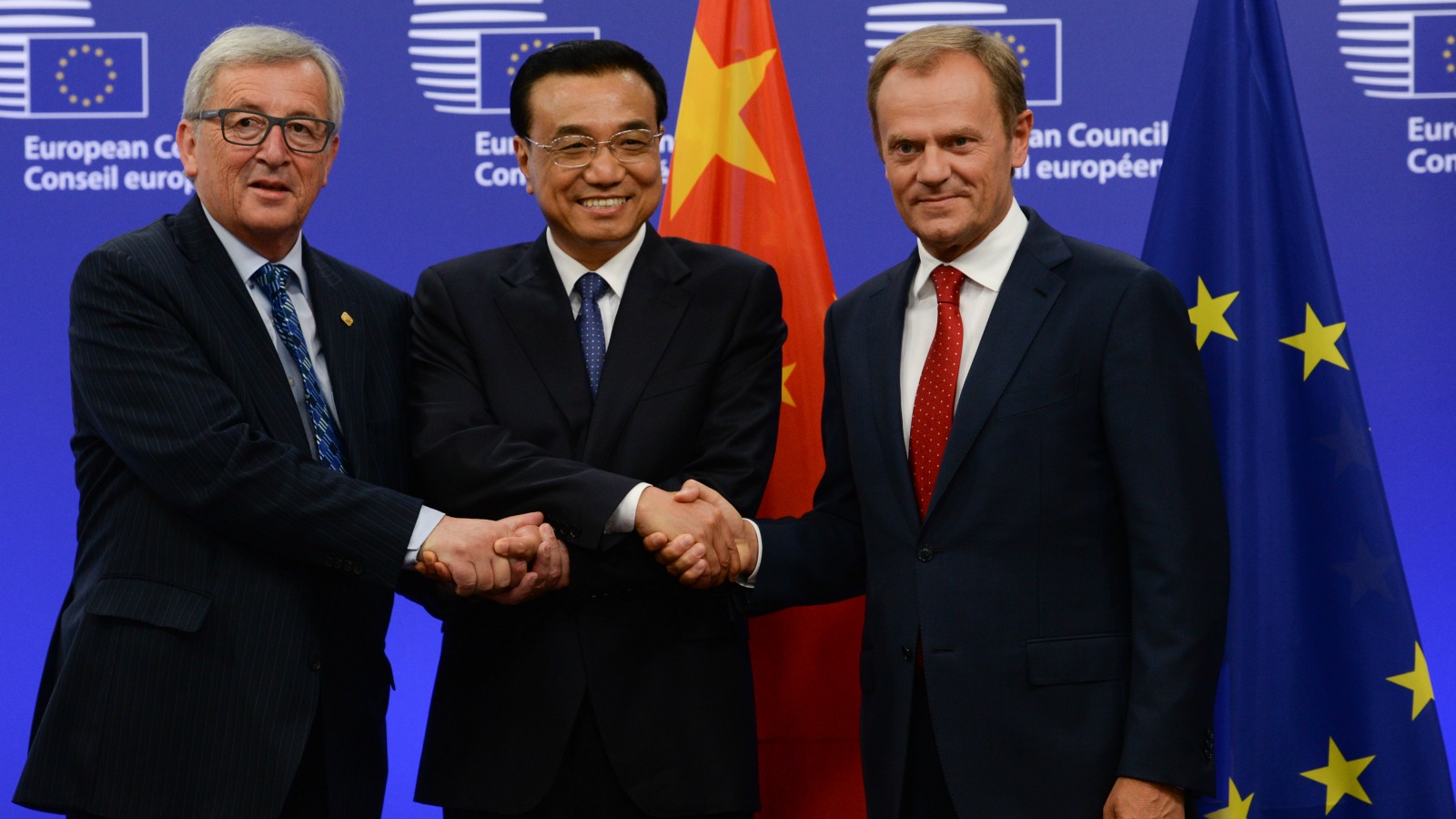
China is Russia’s largest trading partner, and it comes as no surprise that the two superpowers plan to boost trade to $200 billion by 2020. Not only that, but there has already been a 30% increase in trade in the first quarter of 2018. The lost trade between the US and China, from commodities, raw materials and goods such as clothing, soy beans and more that used to be imported and exported in and from China, due to the high tariffs imposed, will now be directed to Russia, the Eurasian Union and closer trading partners. Indeed, China is working with Moscow to build a high-speed rail link between the two, which should be operational by 2019. China and Russia are also exploring the development of the North Sea Passage, an Arctic route that, once built, will considerably reduce maritime transit times between China and Europe and Russia. All of these initiatives are an attempt by China to improve trade with countries around it and therefore rely less so on the US for its exports. Furthermore, the breakdown of barriers, lowering tariffs and promoting globalisation will allow for a more efficient world trade cycle. With higher competition due to lower prices coming into the market for goods and services, businesses will have to become more efficient and save costs, allowing for cheaper prices for more people, increasing living standards.
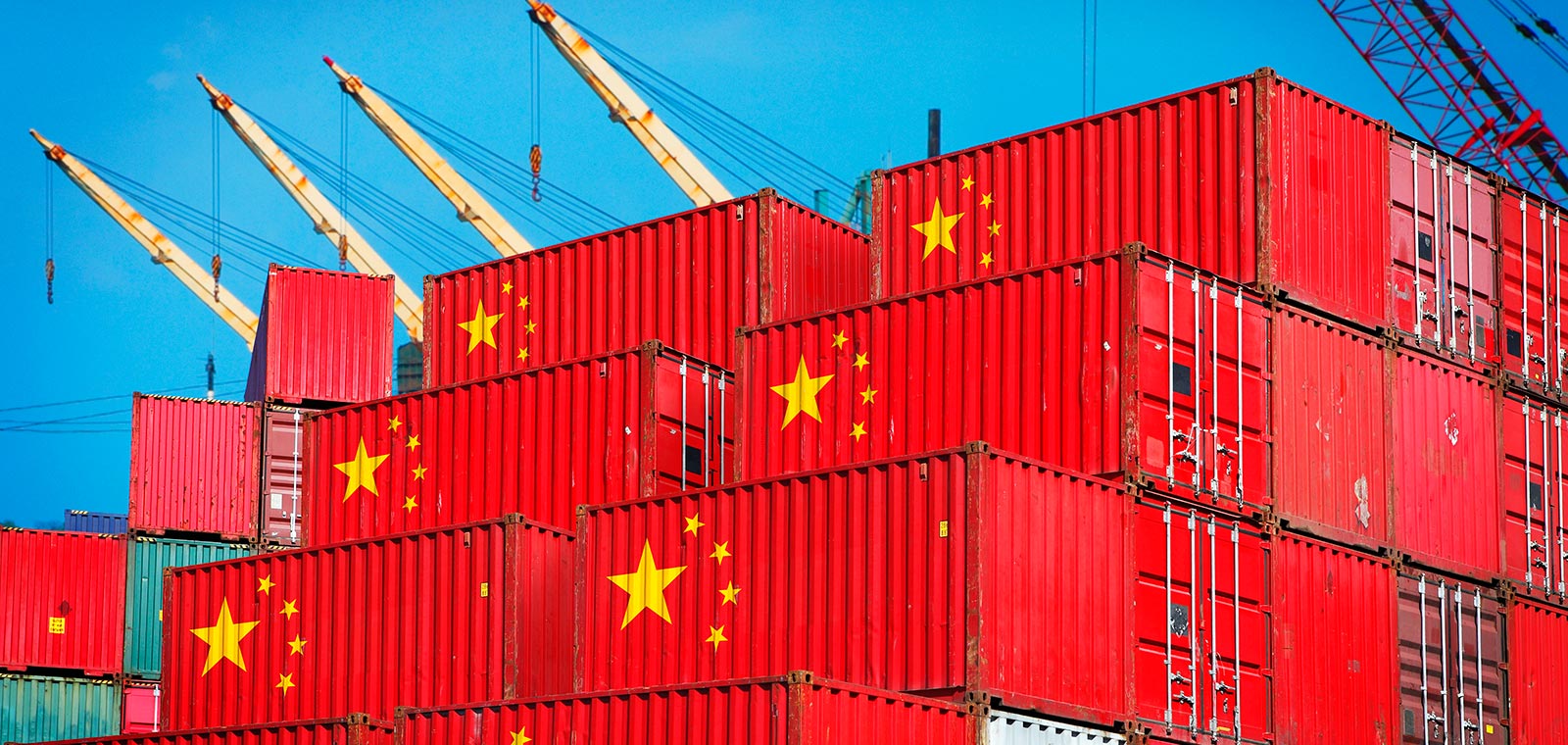
As Europe and China forge closer economic ties, we will see a profound development in businesses and trade between the two, most notably to ‘make-up’ the impact for the lost trade the upcoming US tariffs will have. The recent summit between EU leaders and China, the Chinese Premier Li Keqiang stressed the need to ‘uphold free trade and multilateralism’ due to the fact that the US and China are embroiled in a trade dispute. Not only does this create an opportunity for future trade developments, but also an exponential growth in logistics to handle this increase. For instance, the Qingdao port has been rebuilt and now features a fully automated system which is now the 7thbusiest port in the world and works with over 450 ports in 130 different countries. Moreover, China has been building mass infrastructure projects to open up trade such as the Hong Kong–Zhuhai–Macau Bridge and the Silk Road Economic initiative are all ways China has seen to increase trade between the Eurasian Economic Union and the EU.
Overall, the trade relationship between China, Asia, the EU and Russia will develop exponentially over the coming years. China and its partners are currently negotiating a free-trade agreement with the Eurasian Economic Union (Central Asian trade bloc. which includes Kazakhstan, Russia and Belarus which borders with the EU). When the deal is finalized, this will bring Chinese goods, duty free to markets across Russia and to the borders of the EU itself, making up for the loss of trade with the US.
[1]https://www.forbes.com/sites/yuwahedrickwong/2018/07/13/how-the-u-s-china-trade-war-will-transform-the-global-economy/#3ecf72c11c09
